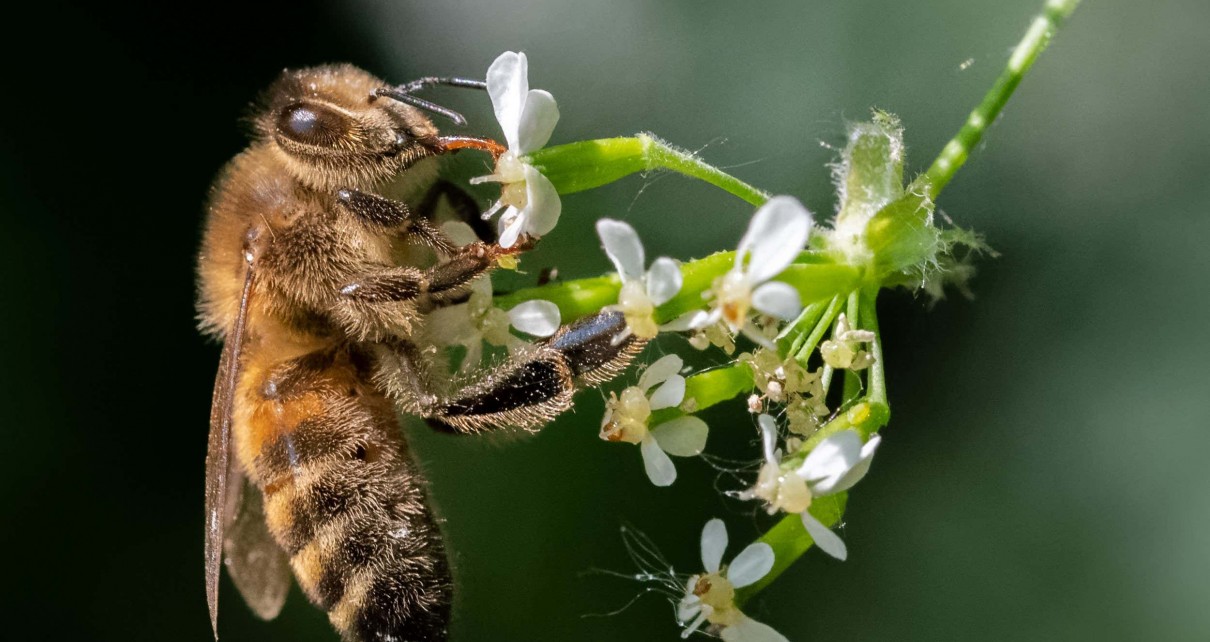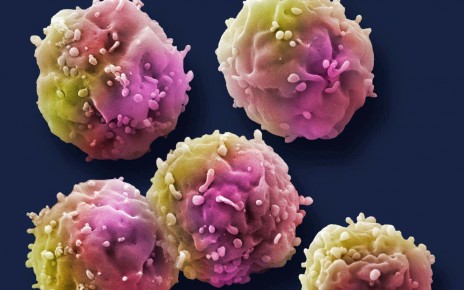[ad_1]

Honeybees can be weakened by the fungal parasite Nosema
Mark Robert Paton/500px/Getty Images
A genetically engineered gut bacterium has helped protect honeybees from a major hive parasite in lab experiments. The bacterium produces RNA molecules that switch off two key genes in the parasite but don’t affect any other organisms.
Nosema ceranae is a single-celled fungus that infects cells in honeybees’ guts using a harpoon-like weapon. Infected cells release spores that the bees defecate. Parasite levels typically build up over winters when bad weather keeps honeybees inside hives, and can kill many workers. “It is a really significant parasite,” says Nancy Moran at the University of Texas at Austin.
The only treatment shown to be effective is a fungicide called fumagillin, but it can harm bees and other animals and is now banned in the European Union. What’s more, Nosema is evolving resistance to it.
Moran has been developing safer treatments based on a phenomenon known as gene silencing or RNA interference (RNAi). When cells detect bits of double-stranded RNA, they see it as a viral attack and respond by destroying RNAs that contain a matching sequence. That means the protein coded for by those specific RNAs doesn’t get made.
Double-stranded RNA is rapidly destroyed in mammalian guts, but in some insects it can enter cells and switch off, or silence, specific genes. That has led to hopes of developing RNAi-based pesticides that are only harmful to the target organism, but one problem is that making large quantities of RNA is expensive.
So Moran’s team has instead engineered a symbiotic gut bacterium called Snodgrassella alvi, found only in bees, to produce the double-stranded RNA. In 2020, they showed that this approach can help protect against varroa mites and deformed wing virus.
Now the team has adapted the approach to target two key Nosema genes, preventing spore production in infected cells. Seven days after honeybees in the lab were deliberately infected with Nosema, only 19 per cent of those in the control group were still alive, compared with 71 per cent of those fed the engineered S. alvi. The treated bees also produced more than 90 per cent fewer spores.
It should be possible to create a single S. alvi that protects against Nosema, varroa and deformed wing virus, Moran says. She now hopes to show that hives given such engineered bacteria do better than others. But such a study would have to be done in sealed greenhouses, and the team doesn’t have such facilities.
Moran doesn’t think altered S. alvi would persist indefinitely in hives. “Almost always, an engineered thing does not last forever because it’s not as competitive as the thing without the engineering,” she says.
Topics:
[ad_2]
Source link




